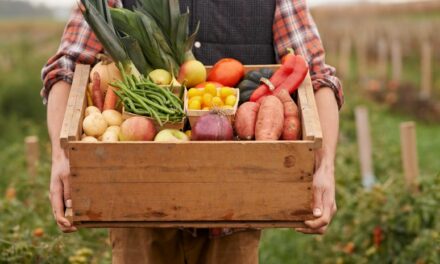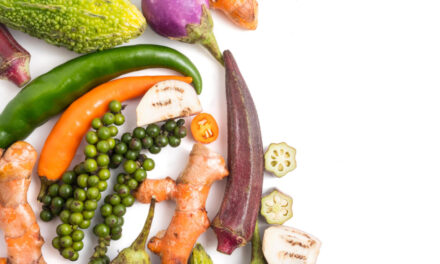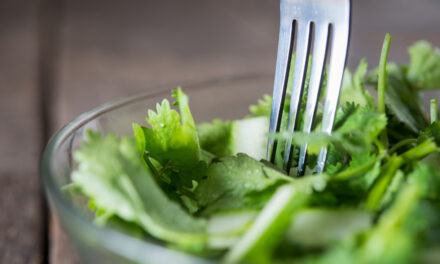
WHAT’S UP ? NOVEL FOODS

Because of globalization and increasing ethnic diversity, but also since new sources of nutrients are continually being identified, new types of foods are constantly coming to our table. In the European Community, novel foods are foods or food ingredients that were not consumed in Europe before 1997. They can be of vegetal, animal, scientific and technological research, but also from traditions or food crops from third countries. Novel food must meet at least one of the following qualifications:
- possessing a new or deliberately modified primary molecular structure;
- being composed of microorganisms, fungi or algae or be isolated or produced from them;
- being made of mineral materials or be insulated or produced from them;
- being plant-based or isolated or produced from plants (with the exception of traditional breeding or breeding practices with a safe history);
- being made of animals or produced from animals (with the exception of traditional breeding or breeding practices with a safe history);
- being composed of cell or tissue cultures derived from plants, animals, microorganisms, fungi or algae, or produced from them;
- resulting of a production process that was not used in the EU until may 15 1997 (when this process results in significant changes in their nutritional value, metabolism or content of undesirable substances);
- Being made up of manufactured nanomaterials
- having been used exclusively in food supplements within the EU before 1997 and are intended for use in other foodstuffs.
Novel foods on the market
The introduction of novel food on the European market is based on a system of prior authorization by the European Commission which establishes and updates a list of new foods authorized.
To date, 125 “novel foods” have been approved, including phosphate corn starch, yeast beta-glucans, extracts of Ajuga reptans obtained from cell cultures, magnolia bark, sunflower oil, low-fat cocoa, the leaves of Cistus incanus L. Pandalis and noni (Morinda citrifolia), guar gum, basil seeds (Ocimum basilum) and chia (Salvia hispanica), 22 kinds of oils including oil concentrated in phytosterols/phytostanols, seaweed oil extracted from the microalgae Ulkenia sp., plum almond oil, chia oil (Salvia hispanica), Antarctic krill oil (Euphausia superba) and squid extracted oil, odontella aurita microalgae and dried Tetraselmis chuii, noni juice powder (Morinda citrifolia) , potato rapeseed proteins (coagulated) and their hydrolysats, sodium salt from iron eddetate and sucromalt,…
Needless to say, novel foods are a whole universe of flavors to explore and try to combine with the products we already know.



















